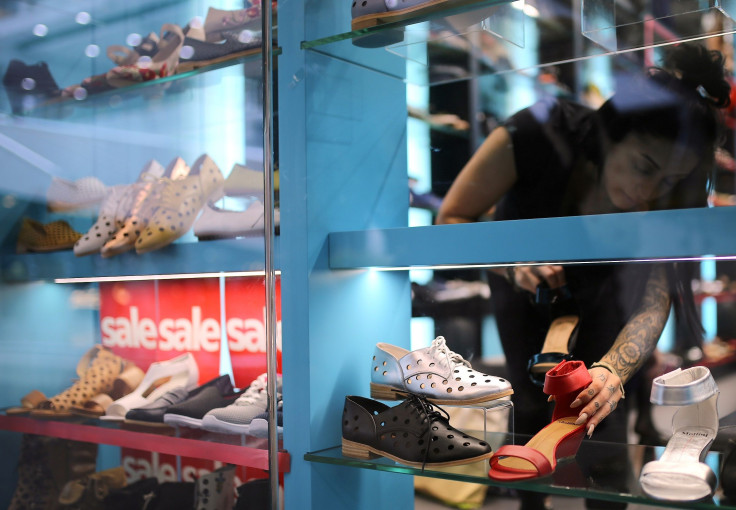Australian retailers face worst sales decline since 2013 as consumers slash spending

Australian retailers faced their worst decline in sales since early 2013 as some consumers slash their spending on food, clothing and furniture. The outcome reportedly bodes poorly for third-quarter economic growth.
A recent data from the Australian Bureau of Statistics (ABS) shows that retail sales fell 0.6 percent in August. July also shows a 0.2 percent fall.
The 0.8 percent fall in both months is the biggest back-to-back fall since October 2010. The country’s retail sector had shown some signs of life earlier in this year, but those were brief. Household incomes and sluggish wages also sapped customer spending.
The figures display falls across every single state - a rare occurrence. Data includes spending on food, eating out and household goods. Department stores gained 0.7 percent, but sharp drop of 2.6 percent in July followed.
The ABS data reflects Reserve Bank of Australia's (RBA) forecasts for the $1.7 trillion economy to speed up at 3 percent over the next two years. The RBA has expressed concerns that the ballooning debt in the red-hot property sector was limiting consumers' ability to spend elsewhere in the economy. It was said to be one of the reasons it held rates at an all-time low of 1.5 percent since August 2016.
Commonwealth Bank senior economist Michael Workman said it was not good news for third-quarter GDP growth. "We aren't hearing anything like this sort of weakness from our clients, and people are still spending on cars and services,” he said, adding it was odd, Reuters reports.
On the positive side, experimental estimates by the ABS of online retail turnover jumped 6.3 percent in August from the previous month. Analysts at National Australia Bank estimate annual growth in online turnover accelerated in September to about 10 percent from 8.5 percent in July.
Household consumption makes up around 56 percent of Australia’s entire GDP. Over the past decade, spending by households has accounted for a similar proportion of the economy’s growth. By contrast, net exports have accounted for just 3 percent of the total growth of the economy in the past 10 years.
In Sydney, the price of non-retail items has risen faster than that of retail goods in the past year. Childcare in Sydney rose 6 percent, electricity 10.5 percent, medical and hospital services 5.2 percent, transport fares 4.4 percent and property rates and charges rose 3.1 percent. Meanwhile, the average wage of workers in NSW rose 2.0 percent, The Guardian notes.
Al Jazeera English/YouTube





















